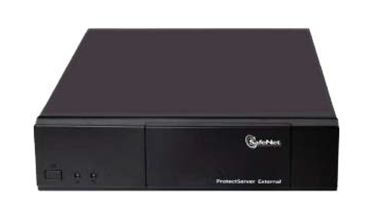Written by Steve Jarmusz
Afraid of having your IP/firmware stolen? Don’t want unauthorized accessories in the marketplace taking revenue that’s rightfully yours and potentially damaging your brand equity? Security concerns are serious and worth addressing, but what if you don’t have the expertise in cryptography or infrastructure?
Well, one turnkey solution that does not require security expertise are Atmel ATSHA204 CryptoAuthentication™ ICs. Atmel provides a personalization service to customers of CryptoAuthentication products. This personalization service (configuring the CryptoAuthentication device for a specific application) is performed at final package test. Before this service can be performed, Atmel solicits secrets from the customer while never knowing the value of those secrets. The secrets are received from the customer encrypted and stay encrypted until they are requested by the test program at final package test. Because of the transport key mechanism innate to the ATSHA204 silicon, these secrets are even encrypted at the probe tips while they are being placed into the secure memory of the ATSHA204.
How does Atmel protect the secrets solicited from customers? We use a SafeNet Hardware Security Module (HSM), which are ranked #1 in worldwide markets. HSMs provide the highest performing, most secure transaction security solutions for enterprise and government organizations. They are used in banking, military, and other government applications where information security is paramount.
Atmel sends customers that are going to use the Secure Personalization Service the public key of a RSA key pair that was generated and stored on the HSM. Atmel also provides a template that represents the CryptoAuthentications memory contents and an encryption utility. Once the customer fills in this template with their specific data, it is encrypted with an AES key generated by the encryption utility. After AES encryption, the AES key is encrypted with the public RSA key and then deleted.
The encryption utility subsequently packages the AES encrypted template with customer secrets, the encrypted AES key and various other non-encrypted data used for data integrity into a file that is sent to Atmel. This file then is placed on the HSM system at locations performing the final ATSHA204 package tests. When the tester has determined that the ATSHA204 has passed all functional and electrical tests, that file is sent into the HSM for decryption. It is here that the secrets are placed into the ATSHA204 device’s secure memory. Both device and the SafeNet HSM are tamper proof. If a physical attack or tamper is detected, all data contents are destroyed.
